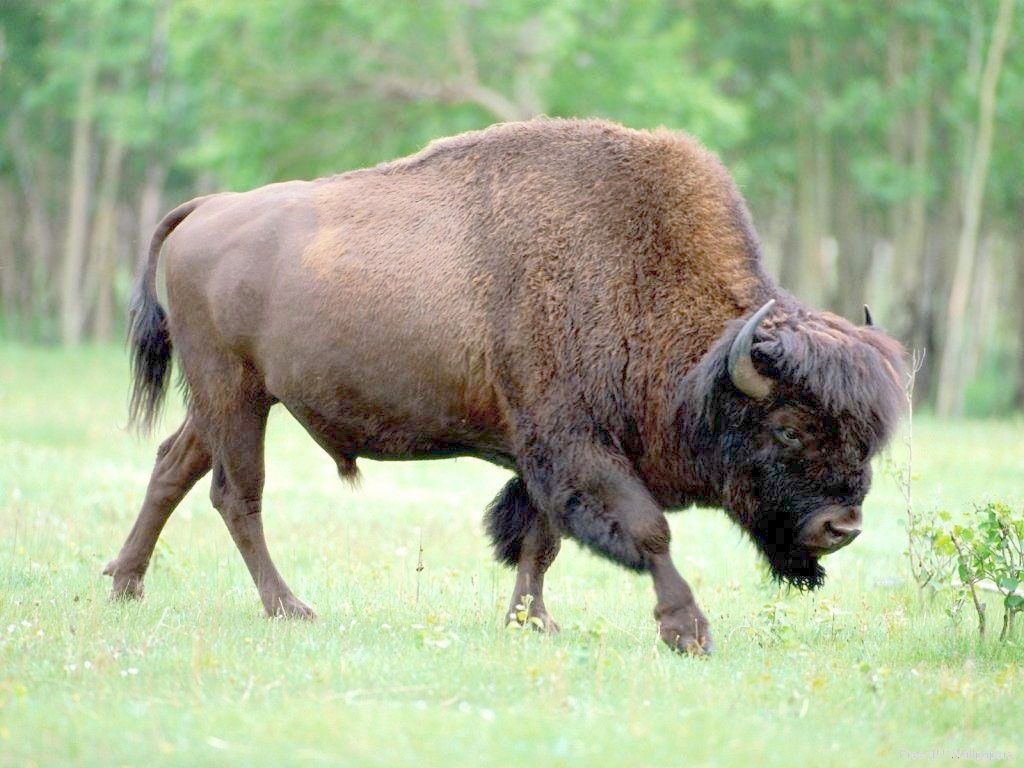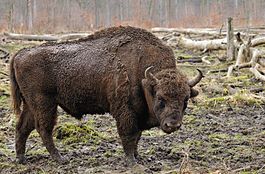Birds and animals of the Samara region
The flora and fauna of our region is very diverse and numerous. This is due to natural conditions, since our Samara region lies on the border between forest and steppe, and its territory is located in two natural zones - forest-steppe and steppe. In addition, in our region there are a variety of natural and artificial reservoirs. These are rivers, streams, lakes, swamps, springs, ponds and reservoirs. All this influenced the fact that numerous species, classes and orders of different animals are represented and identified in the Samara region. In our region there are both unicellular and multicellular animals, various insects, fish, a huge number of birds and animals.
Now I would like to present <
Black stork. The stork's beak is long, straight or slightly curved up or down, its wings are long and wide. Some storks can soar in the sky. Most species are voiceless due to the absence of vocal muscles of the lower larynx. The sounds are made by clicking the beak. Storks are widespread, they live in places rich in water; nests on trees, roofs, in algae. They feed mainly on fish, amphibians, and insects.
Badger. A squat, medium-sized animal. The fur is coarse, brownish-gray in color. The muzzle is light and whitish, with dark stripes stretching along the head and neck. Inhabits forests, preferring ravines and steep slopes. Lives in burrows with holes and exits. It feeds on insects and their larvae, rodents, frogs, lizards, as well as berries and mushrooms. The lifestyle is sedentary, nocturnal. It goes into hibernation for the winter.
Wolf. The largest representative of the wolf family. The teeth are sharp, predatory with large fangs. The ears are erect and pointed. The wolf is active at night and feeds on any animals. In winter, the basis of the diet is ungulates, in summer - smaller vertebrates, reptiles, egg laying, insects and berries.
Ermine. Small predator. The fur color is brown in summer and snow-white in winter. It is found in wooded areas, in floodplains, preferring the banks of small rivers and oxbow lakes, ravines and bushes. Nests are located under tree roots and piles of brushwood. It feeds on small rodents, less often birds, frogs and insects. Has valuable fur.
Woodpecker. The woodpecker family consists of small and medium-sized birds. The color of the plumage of woodpeckers is varied, but most are quite bright - black, green or motley. Wings of moderate length. Woodpeckers have a stocky body, with a characteristic chisel-shaped beak. Woodpeckers nest in hollows. Most species of woodpeckers are nomadic birds.
Common hedgehog. The hedgehog is gray in color and its entire body is covered with spines, and when the animal is alarmed, its spines become quite hard. Hedgehogs are found mainly in forests, meadows and steppes. The diet of hedgehogs depends on the place of their settlement. During the winter, hedgehogs hibernate and wake up in the spring very emaciated.
Lark. Larks are the size of a sparrow or larger, with a large head and short legs, but well adapted for moving on the ground. Their singing is melodious and sonorous. Larks nest on the ground, placing nests in natural depressions or holes.
Hare. Its summer yellowish-brown color changes to white in winter, with the exception of the black tips of the ears. It lives in dense forest thickets and bushes along the banks of rivers and lakes. Having wide paws, it easily moves through loose snow. In summer it feeds on herbaceous plants, and in winter on young shoots and bark of trees and shrubs.
Boar. This is a stocky animal. On the large wedge-shaped head there are wide and long ears and small eyes. The color is dominated by light brown and dark tones. The wild boar prefers forests interspersed with clearings, meadows and swamps. The wild boar is an omnivore.
Fox. A ubiquitous animal. Found in all areas, preferring copses, ravine and floodplain areas. The fox's food is varied, but mainly consists of mouse-like rodents.
Burial ground. Nest is a migratory bird living in the Samara region. Inhabits dry forests, birch, oak and poplar forests. Rarely settles in open steppe. In the Samara region it nests in the Shigonsky, Kinel-Cherkassky, Kamyshlinsky districts. Flying adults are found throughout the Samara region. In addition, migratory individuals of the Imperial Eagle were observed in the vicinity of the village. Dry Samarka.
European mink. In the European mink, a white spot covers the lips and throat, and the dark brown fur has a reddish tint. The European mink settles near the water, where it digs holes or occupies the holes of the water rat. It feeds on rodents, fish, and frogs.
European deer. This is a fairly large animal. In summer, the deer is brown-red in color, and in winter it is gray-brown. European deer prefers mixed forests. Feeds on herbs. Leaves of bushes, mushrooms, acorns, and in winter, young branches, tree bark.
Spider. We have many varieties of spiders. The coasts of our reservoirs are inhabited by the dolomedes spider. On the shore, an elongated knitter spreads his web between the stems of plants. A flower spider lives in the meadow. A resident of forest trees is the cross spider. In open steppe areas, in lowlands, the wolf spider is found. The black spider is considered the most poisonous animal in our region. Man's eternal companion is the brownie spider.
Lynx. Representative of the cat family. About ten years ago it was rare in our forests. Now it occurs more often. It feeds on a variety of animals that it can overpower, from mouse-like rodents, hares, wood grouse, down to small ungulates. Lynx fur is highly prized. Other representatives: vendace, hazel grouse.
Tits. Insectivorous birds. They nest in tree hollows. Tits are sedentary and nomadic birds. Great tits, tufted tits, Muscovites, and common tits nest in the Samara region. Tits are sociable birds. In autumn they form flocks with pikas and woodpeckers. Other representatives: owl, gopher, dormouse, peregrine falcon, marmot - bobak, mole rat.



No comments here yet.